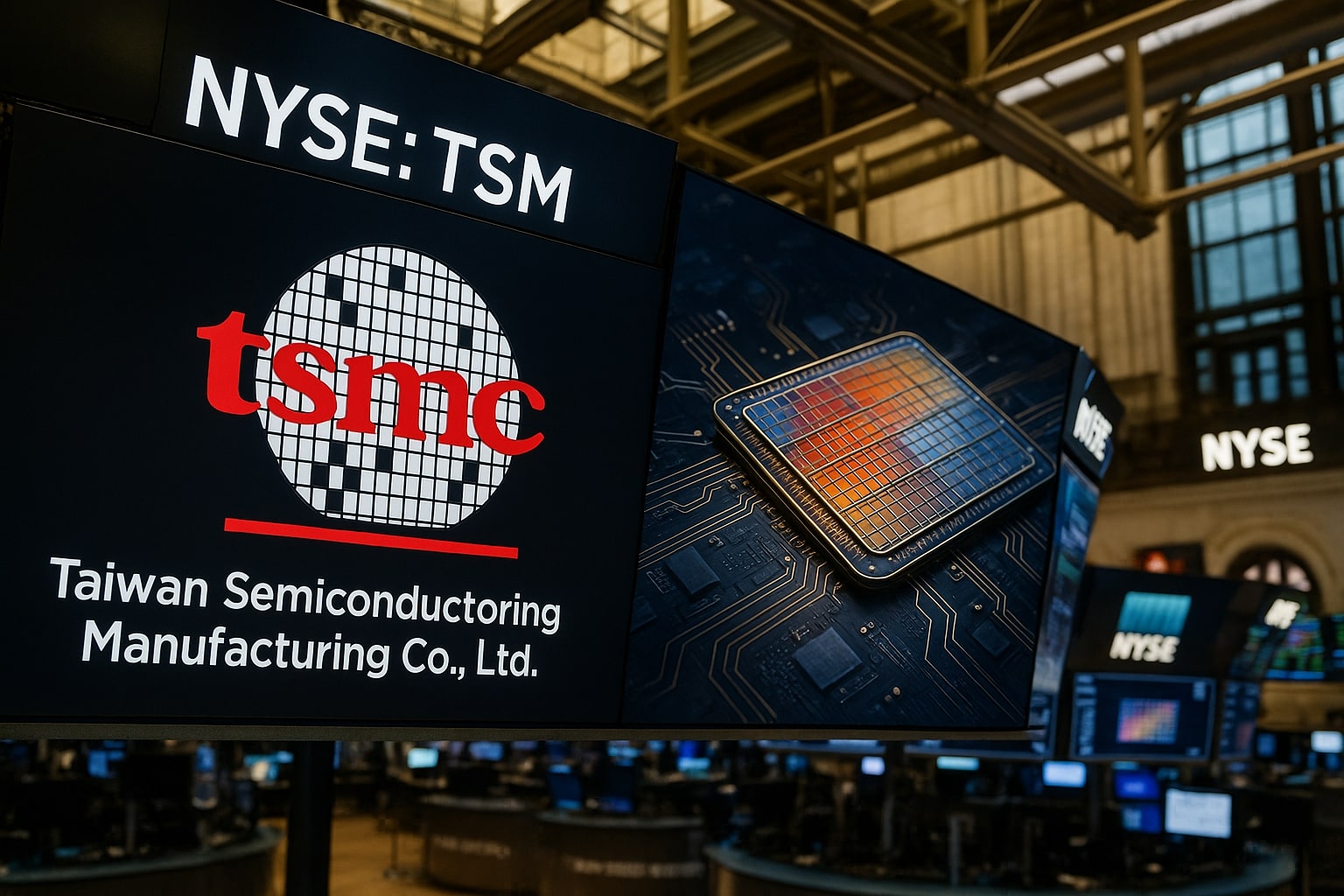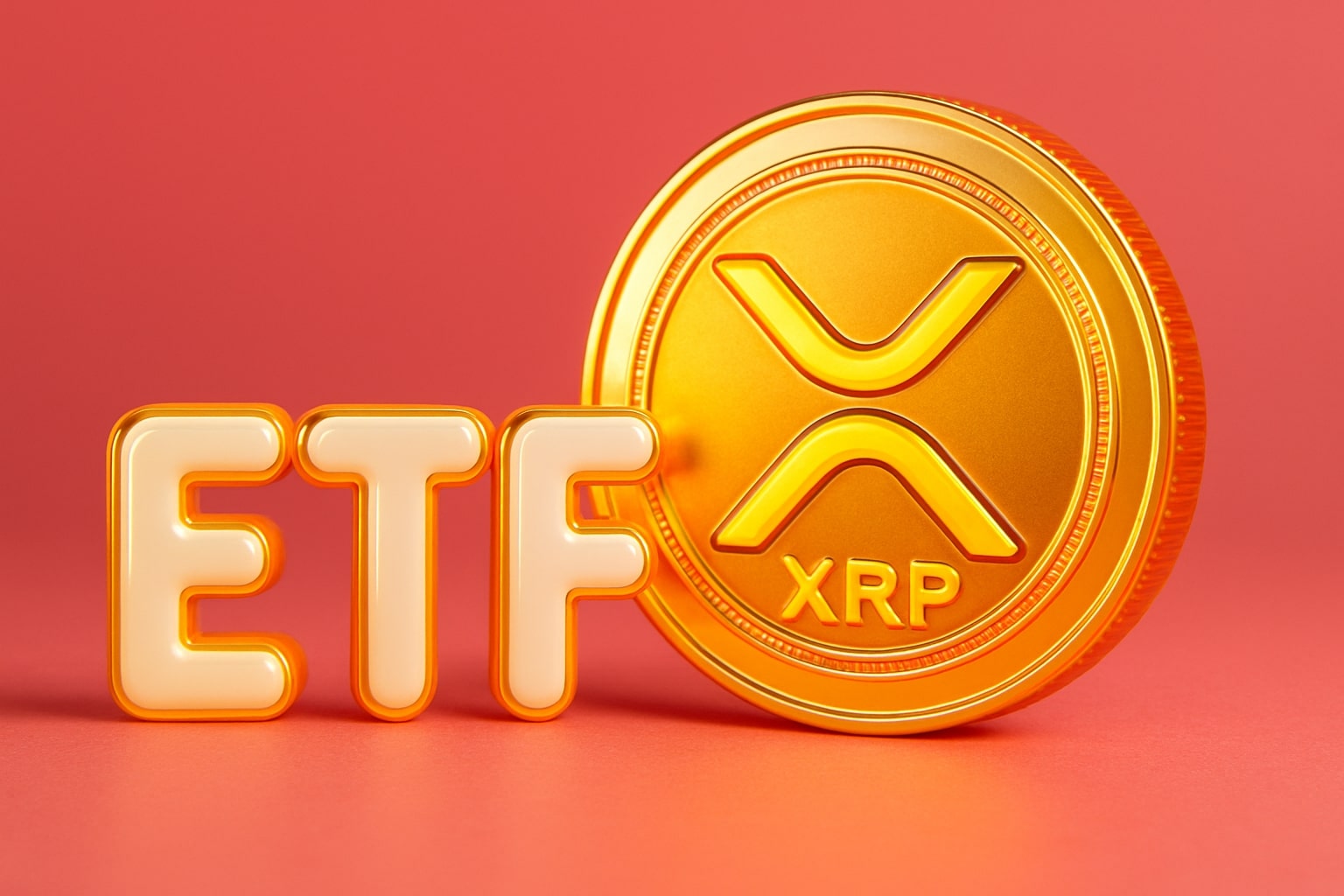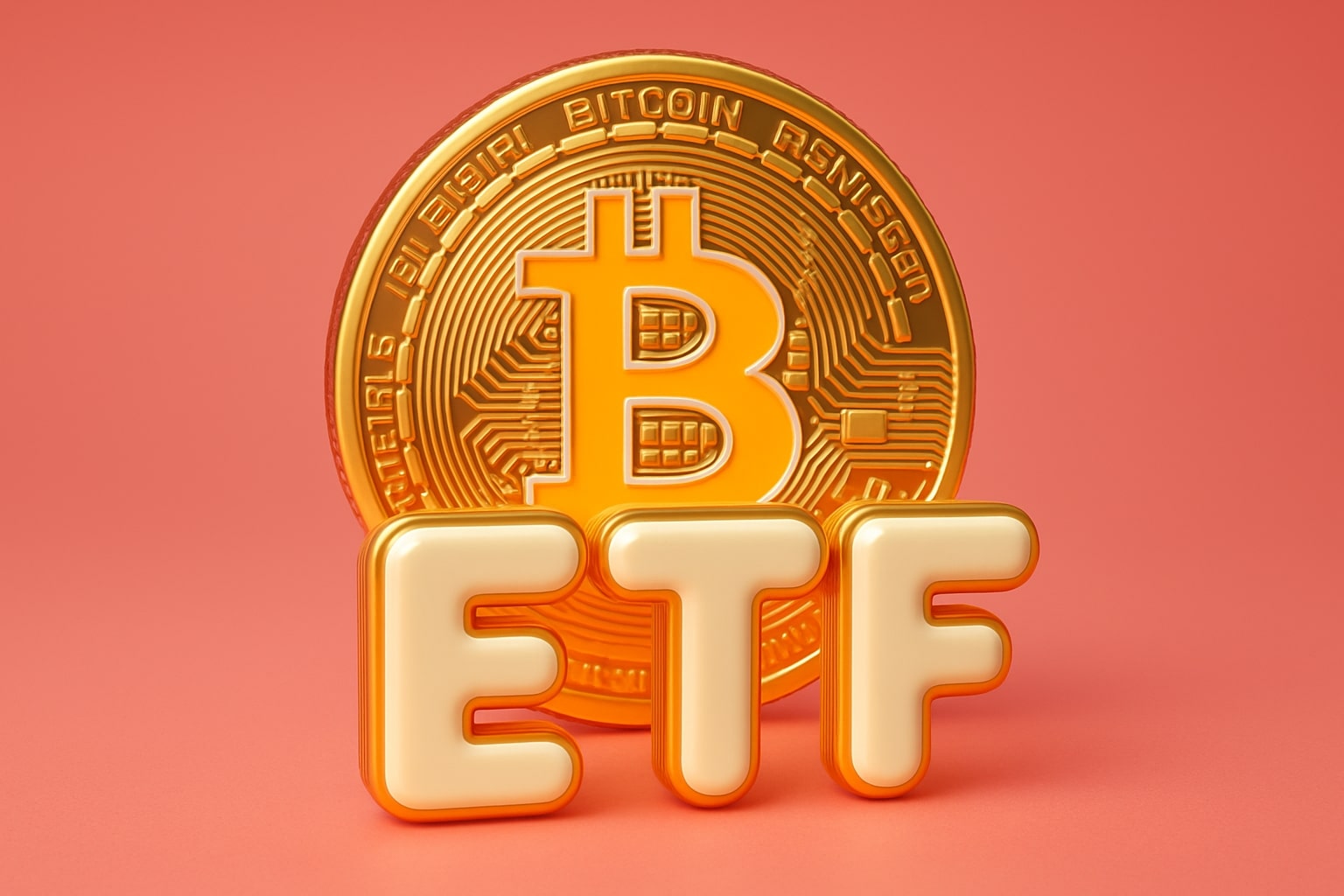
TSMC Stock Price Forecast: NYSE:TSM at $239.70 Targets $300 on AI and 2nm Growth
TSMC’s U.S. expansion, 3nm/2nm leadership, and strong insider support position the stock for a breakout above $248 toward $300 | That's TradingNEWS
NYSE:TSM Expansion Strategy and Advanced Node Dominance
Taiwan Semiconductor Manufacturing Company (NYSE:TSM) has cemented its position as the most dominant force in semiconductor production, and the numbers reveal why. In the first half of 2025, the company reported revenue growth of 46% year-over-year, with advanced nodes below 7nm contributing nearly 69% of total revenue, up from just 9% in 2018. Its 3nm line alone expanded its share by 5% compared to last year, while legacy nodes shrank. Management has reaffirmed a 2025 capex target of $38–42 billion, with the bulk funneled toward scaling its 3nm and upcoming 2nm production. This aligns with the company’s roadmap that positions 2nm for mass production in the second half of 2025 and further sub-2nm nodes planned beyond 2026.
Global Expansion and U.S. Fabs Impact on NYSE:TSM
The U.S. remains central to TSMC’s de-risking strategy. The company is investing $65 billion in Fab 21 in Arizona, rolled out in three phases: $12 billion for 4nm capacity (20k wafers per month, already in production), $28 billion for 3nm wafers in 2026, and a final $25 billion investment for sub-2nm nodes in 2028. By management’s own estimates, up to 30% of 2nm capacity will eventually come from the U.S.. The cost per wafer, however, is 10–20% higher compared to Taiwan. AMD’s CEO has already warned that Arizona chips are at least 5–20% more expensive than those fabricated in Hsinchu. Still, TSMC’s market position enables it to pass those costs along to customers such as Nvidia, Apple, and Microsoft, who depend on the firm’s yields above 90%—a stark contrast to Samsung’s below 50%.
NYSE:TSM vs. Competitors: Intel’s Push and Market Share
While Intel (NASDAQ:INTC) garners political backing from the U.S. administration and has secured a Japanese capital injection from SoftBank at $23 per share, the execution gap with TSMC remains vast. Intel has postponed its 18A production to 2026 and its 1.4nm roadmap remains uncertain, leaving TSMC’s dominance intact. Market share data backs this up: TSMC commanded 64.3% of the global foundry market in 2024, widening its lead as Qualcomm and Google abandoned Samsung due to yield failures. Intel, despite soaring nearly 19% in five sessions to $26, remains a turnaround story with weak profitability—its EBITDA fell 22.1% year-over-year compared to TSMC’s 43.5% growth.
NYSE:TSM Revenue Mix and End Market Exposure
TSMC’s largest revenue segment remains High-Performance Computing (HPC), which reached 60% of total revenue in H1 2025, up from 52% last year. This reflects surging demand for AI chips, GPUs, and custom ASICs designed by hyperscalers like AWS, Google, and Microsoft. Smartphones account for the second-largest share, while automotive exposure sits at just 5%, minimizing tariff risks. With U.S. import tariffs on semiconductors set at 100%, exemptions granted for domestic production have insulated TSMC, further incentivizing its U.S. expansion. Management has emphasized that customer behavior has not shifted despite tariff uncertainties, underlining the resilience of demand.
NYSE:TSM Valuation and Technical Setup
As of the latest session, TSMC trades at $239.70, consolidating just below resistance at $248.20. The EMA50 provides a strong base at $228, while the EMA21 supports at $238.70, keeping the uptrend intact. RSI at 53.6 suggests room for further upside before overbought levels. Volume confirms the stock is consolidating rather than selling off. On valuation, TSMC trades at a forward P/E of 24.8x and EV/EBIT of 16.7x, which looks justified against Intel’s inflated forward P/E of 185x caused by its collapsing earnings. Analysts project TSMC’s revenue to climb by 38% in 2025, with a five-year forward growth rate of over 22%, matching management’s 20% CAGR guidance.
Verdict on NYSE:TSM – Buy, Sell, or Hold?
With unparalleled leadership in 3nm and 2nm, high-yield manufacturing, a $65 billion U.S. expansion that secures tariff exemptions, and robust demand from AI, smartphone, and cloud customers, TSMC remains fundamentally stronger than any competitor. The valuation premium is warranted given 39.4% revenue growth and EBITDA expansion of 43.5%. Technical levels show support intact and consolidation ahead of another potential breakout above $248. Institutional flows, insider confidence, and strategic exemptions position the stock as a Buy, with upside to $300 in the near to medium term. Investors tracking TSMC’s real-time chart should watch $248 as the next breakout trigger.
That's TradingNEWS
Read More
-
PPA ETF at $154: Can This Defense ETF Keep Beating ITA and SPY?
14.12.2025 · TradingNEWS ArchiveStocks
-
XRP ETFs XRPI and XRPR Pull In $975M While XRP-USD Fights To Hold $2
14.12.2025 · TradingNEWS ArchiveCrypto
-
Natural Gas Price Forecast: NG=F Hits $4.11 As Warm Winter Outlook Puts $3.913 Support At Risk
14.12.2025 · TradingNEWS ArchiveCommodities
-
USD/JPY Price Forecast - Dollar to Yen Can BoJ’s 0.75% Shock Break The 155–158 Range?
14.12.2025 · TradingNEWS ArchiveForex


















